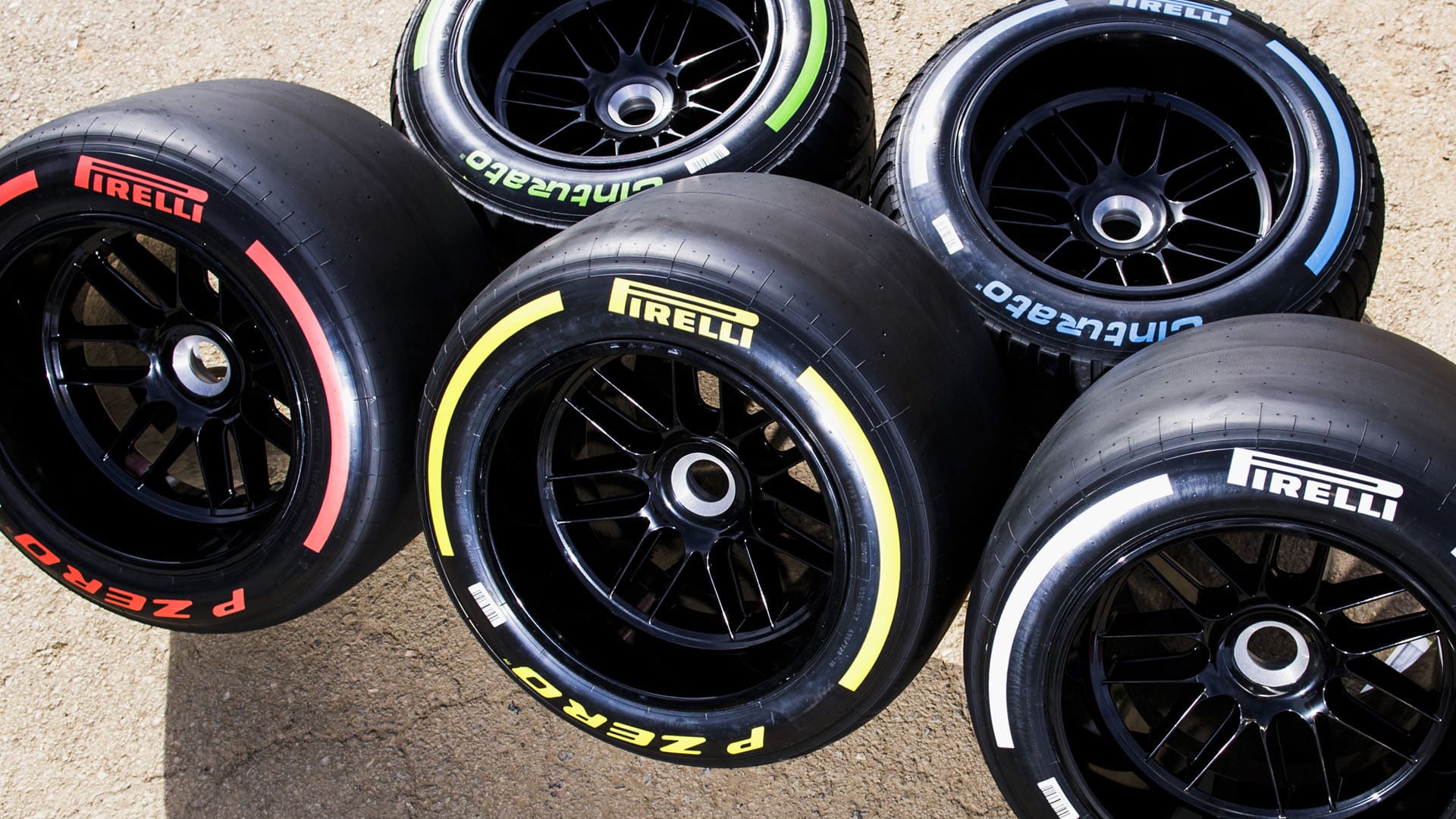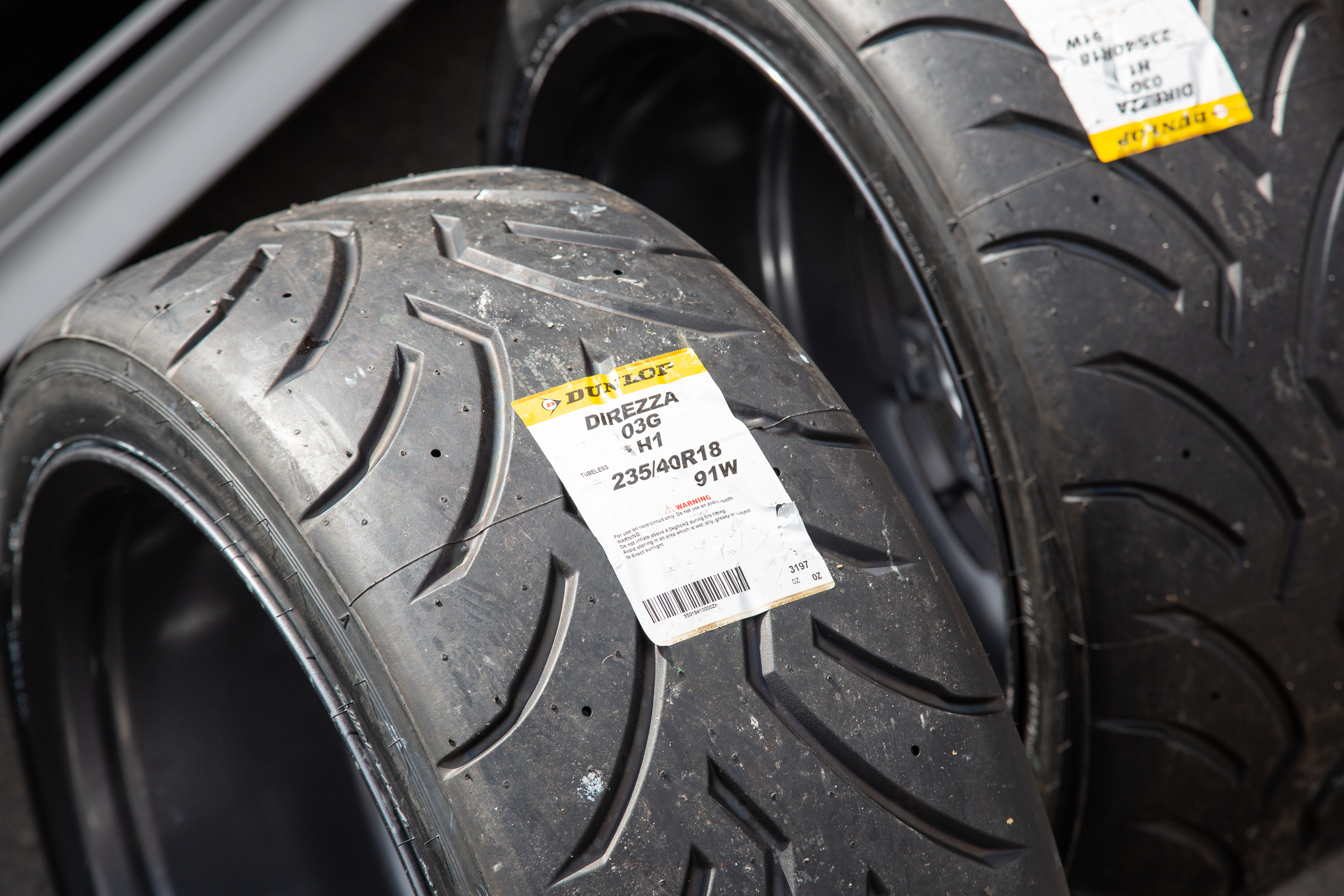All Categories
Featured
Table of Contents
I had the ability to obtain 100 hours out of one of these tires, and while it had definitely no tire lugs left on it, the soft compound made it function very wellas long as I was making use of a soft mousse. Kitt Stringer photo Easy installing - 3Wear - 3Sidewall toughness - 3Performance on roots - 4Performance on wet rocks - 2Traction on dust - 5Cornering ability - 4Traction while braking - 4Self-clearing of dirt and mud - 3Performance in mud - 3Overall predictability or tracking - 3 _ 37 Verdict: This is a great well-rounded tire with good value for cash.

The wear was constant and I like exactly how lengthy it lasted and exactly how regular the feeling was throughout usage. This would certainly likewise be a great tire for faster races as the lug size and spacing bit in well on rapid surface. Kitt Stringer photo Easy mounting - 3Wear - 3Sidewall toughness - 3Performance on origins - 4Performance on wet rocks - 4Traction on dust - 4Cornering ability - 4Traction while stopping - 5Self-clearing of dirt and mud - 4Performance in mud - 4Overall predictability or monitoring - 4_42 Final thought: I liked this tire a lot.
If I had to purchase a tire for tough enduro, this would be in my top choice. Easy placing - 3Wear - 3Sidewall stamina - 3Performance on roots - 4Performance on damp rocks - 3Traction on dust - 4Cornering capability - 3Traction while braking - 3Self-clearing of dirt and mud - 4Performance in mud - 4Overall predictability or monitoring - 3 _ 34 Final thought: This tire was very soft and pliable.
All the gummy tires I evaluated performed rather close for the first 10 hours or two, with the winners going to the softer tires that had much better traction on rocks (Tyre packages). Investing in a gummy tire will absolutely provide you a solid benefit over a routine soft substance tire, however you do pay for that benefit with quicker wear
Vehicle Alignment – Alexander Heights WA
This is an excellent tire for spring and fall problems where the dust is soft with some moisture still in it. These tested race tires are fantastic all about, however use quickly.
My overall winner for a tough enduro tire. If I needed to invest money on a tire for everyday training and riding, I would select this one.
Honest Tyre And Wheel Services Near Me (Alexander Heights)
I have actually been running a collection of Michelin Power Pilot 2CT's on my track Daytona 675 for the past year. In that time I have done 15 track days in all weathers from chilly damp to very hot and these tyres have actually never missed a beat. Tyre sales. I have actually done virtually 2,000 miles (3,200 kilometres) on them and as you can see from this shot of the front taken after very first session of my 15th track day on them, they still have fairly a great deal of rubber left on them
In other words the 2CT is an incredible track day tire. If you're the kind of motorcyclist that is most likely to encounter both damp and dry conditions and is starting on course days as I was in 2015, after that I think you'll be tough pressed to locate a far better value for cash and skilled tyre than the 2CT; a set of which will certainly set you back around 185 (US$ 300) in the UK.
Developing a much better all round road/track tire than the 2CT have to have been a tough job for Michelin. The result of that effort is the Michelin Pilot Power 3 which essentially replaces the Pure. Don't confuse this new tyre with the roadway going Pilot Road 3 which is not made for track use (although some motorcyclists do).
When the Pilot Power 3 released, Michelin recommended it as a 50:50% road: track tire. All the cyclist reports that I've reviewed for the tyre price it as a far better tyre than the 2CT in all locations yet specifically in the wet.
Tyre Shop Near Me – Alexander Heights WA
Technically there are numerous differences in between the 2 tires despite the fact that both make use of a twin compound. Visually you can see that the 2CT has less grooves cut into the tire but that the grooves go to the side of the tyre. The Pilot Power 3 has even more grooves for much better water dispersal however these grooves don't reach the shoulder of the tyre.
One facet of the Pilot Power 3 which is various to the 2CT is the new 2CT+ modern technology which prolongs the harder center area under the softer shoulders (on the back tyre). This need to give more stability and reduce any type of "agonize" when speeding up out of edges in spite of the lighter weight and even more versatile nature of this new tire.

Although I was slightly dubious regarding these reduced stress, it ended up that they were great and the tires executed truly well on track, and the rubber looked far better for it at the end of the day. Equally as a factor of recommendation, various other (quick group) motorcyclists running Metzeler Racetecs were utilizing tyre stress around 22-24 psi for the back and 24-27 psi on the front.
Generating a better all round road/track tyre than the 2CT have to have been a hard task for Michelin. The result of that initiative is the Michelin Pilot Power 3 which essentially changes the Pure. Don't perplex this brand-new tyre with the roadway going Pilot Roadway 3 which is not created for track use (although some bikers do).
Trusted Tyre Care – Alexander Heights
They influence significant confidence and provide outstanding hold levels in either the wet or the dry. When the Pilot Power 3 released, Michelin suggested it as a 50:50% road: track tire. That message has recently altered since the tires are currently advised as 85:15% roadway: track use rather. All the rider reports that I've read for the tire rate it as a much better tire than the 2CT in all areas yet especially in the wet.

Technically there are numerous distinctions in between the two tyres despite the fact that both utilize a double compound. Aesthetically you can see that the 2CT has fewer grooves cut right into the tyre yet that the grooves run to the side of the tyre. The Pilot Power 3 has even more grooves for better water dispersal yet these grooves don't reach the shoulder of the tire.
One aspect of the Pilot Power 3 which is various to the 2CT is the brand-new 2CT+ technology which expands the harder center area under the softer shoulders (on the back tire). This need to offer extra security and reduce any kind of "wriggle" when speeding up out of edges in spite of the lighter weight and even more versatile nature of this new tire.
Although I was somewhat dubious concerning these lower stress, it turned out that they were great and the tires carried out truly well on track, and the rubber looked much better for it at the end of the day. Simply as a point of recommendation, various other (rapid team) bikers running Metzeler Racetecs were utilizing tire pressures around 22-24 psi for the back and 24-27 psi on the front
Latest Posts
Reliable Low-cost Tyres Near Me
Reliable Tyre Inspections – Noranda WA
Tyre Sales – Dayton 6055 WA